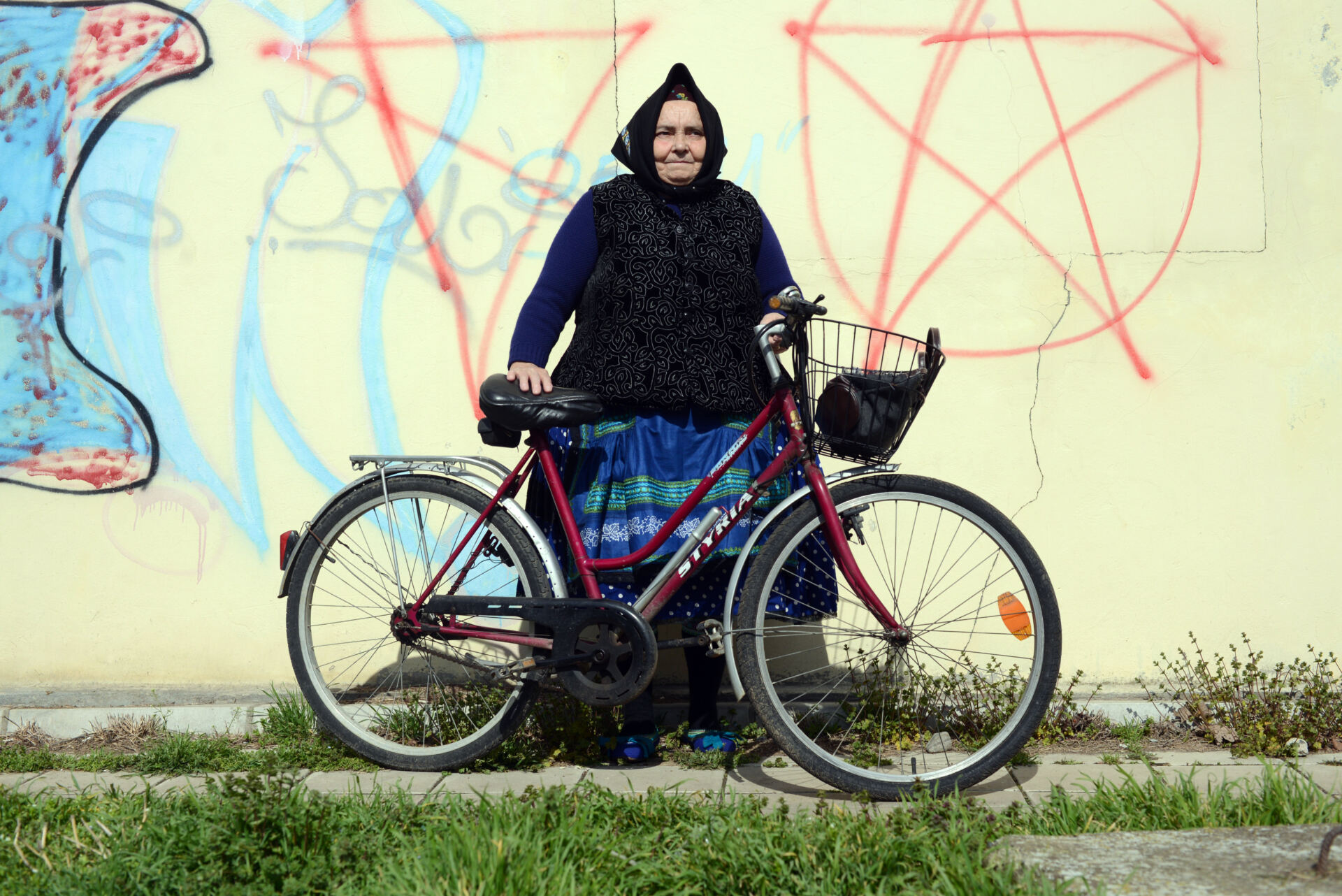THREE PHASES INTEGRATION ▪︎ Aleksandrija Ajduković

Ajduković’s exhibition Three Phases Integration was prepared over the past two years after she, along with her family, moved to the outskirts of Belgrade. This period was marked by her efforts to discover new opportunities and advantages in the new environment. One could say that these new surroundings are completely different from her previous city life, full of remnants of the past recognized in inherited habits and ways of life, as well as in aprons, scarves, bicycles, low houses, yards, clotheslines on walls, wide skirts, and colorful shirts, all of which create an aura of heterotopia, separate from contemporary life. On the other hand, each of these remnants simultaneously includes a layer of the contemporary, so that Banovci, in the film, photographs, and Aleksandrija Ajduković’s lived experience and gaze, became the stage for these uncanny, incredible interweavings that occur daily across different registers. However, the title of the exhibition suggests not only integration into a new environment and specific community but also the integration, connection, and confrontation of the old, new, contemporary, modern, traditional, urban, rural, past, present, and various temporal layers that continuously interweave.
Aleksandrija Ajduković‘s primary interest in contemporary art is related to photography. In recent years, she has incorporated the Super 8 camera, famous for its role in the 1960s in both art and everyday life, into her work. This is also why, even today, when used, it carries that nostalgic, carefree note that we somehow associate with a happier time, often identifying it with the 1960s. The Super 8 was used to film a process that, in a non-specific, altered, and occasionally comical manner, documents the integration into a new environment. The Super 8 also played a crucial role in this process: Aleksandrija introduces her new neighbors to the filming process, placing them in a completely new situation as filmmakers, creators, and artists who see the world differently.
HERE you can find the text by Maja Stanković.